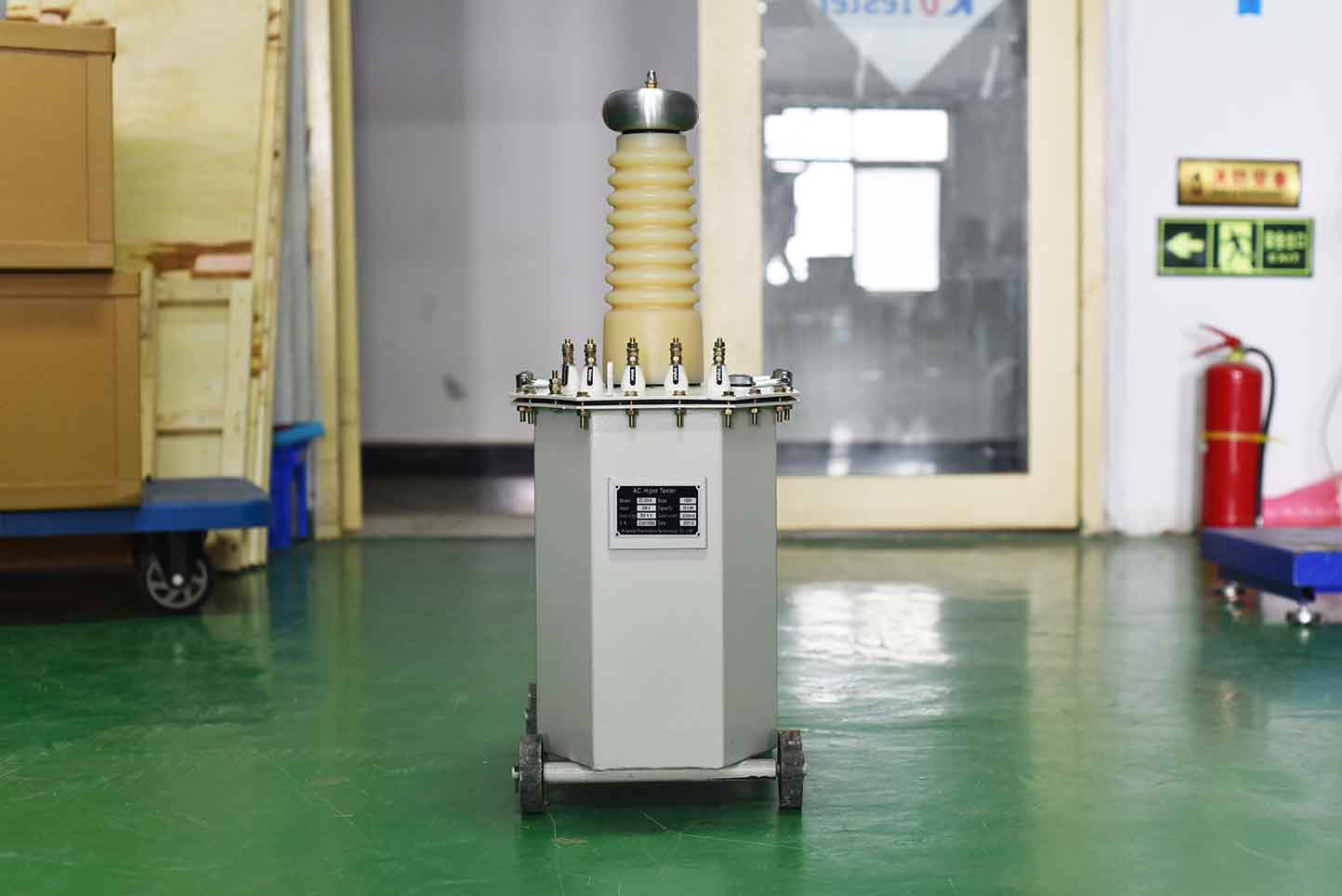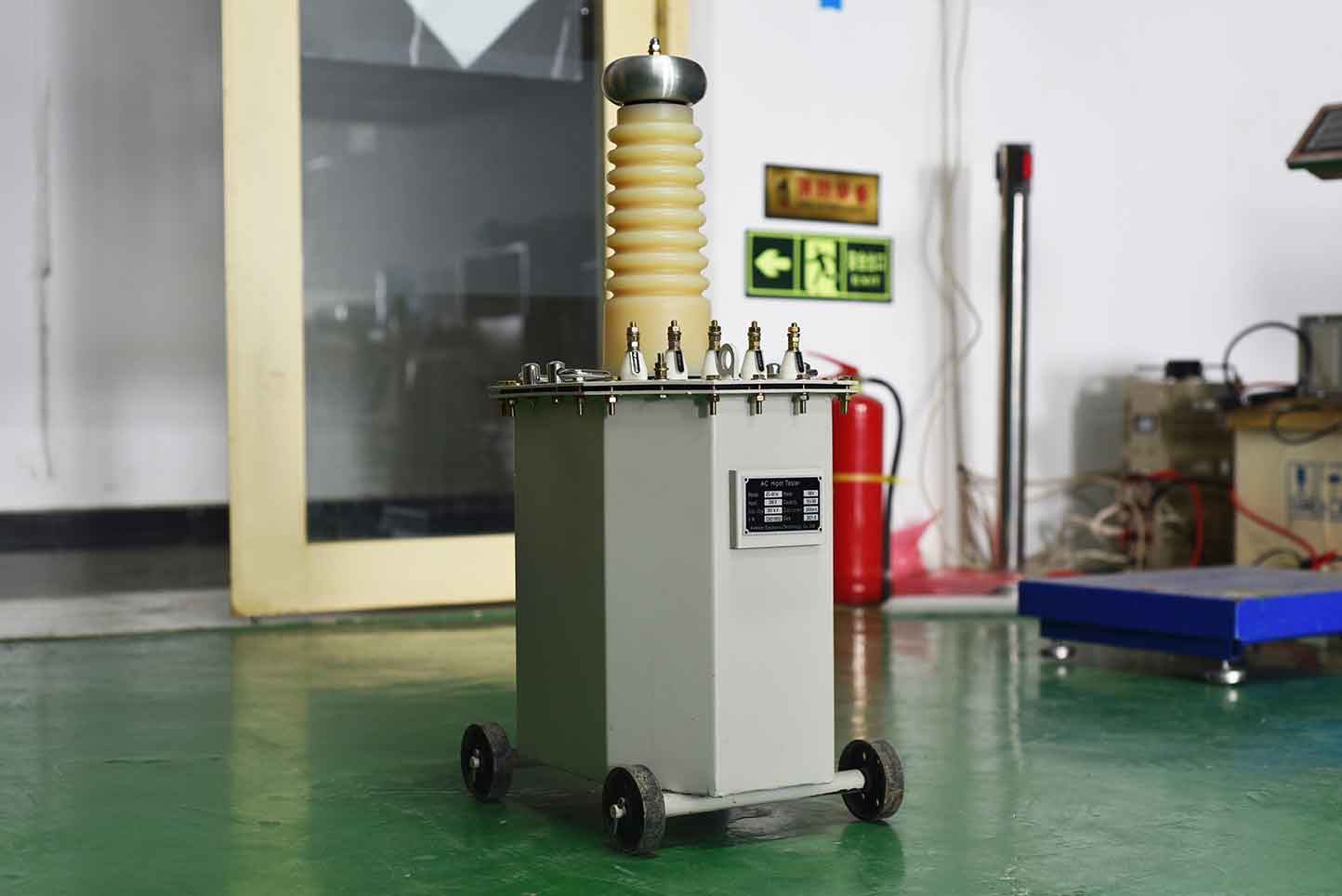The fault diagnosis method for oil immersed transformers is to analyze the collected transformer fault information and determine the type of transformer fault based on the data analysis results. During this process, the accuracy of the collected information plays a crucial role in the accuracy of fault diagnosis. There are six diagnostic methods for transformer status in practical engineering: oil chromatography, partial discharge, infrared temperature measurement, electrical testing, oil chemistry testing, and winding deformation testing.
The most basic method proposed by the algorithm is oil chromatography, which is an effective method for diagnosing transformer faults. The other methods are based on oil chromatography to expand analysis and research.
Transformer fault inspection steps:
① Visual inspection of oil immersed transformers:
Check whether the transformer is disconnected, welded, and desoldered, and whether the insulation material is burned or damaged. Is there any burning odor or smoke after power on
② Winding on/off or short circuit inspection:
Use a multimeter to check the continuity of the winding. To check for a short circuit in the winding, the bulb can be connected in series with the winding. The voltage and power are determined based on the voltage capacity of the power transformer.
③ Insulation resistance inspection:
Use a megohmmeter to test the insulation resistance between windings, between windings and iron cores, and between windings and shells. The value should be greater than 1M;
④ Check the rated working voltage:
Connect the rated voltage to the primary winding of the oil immersed transformer and measure the no-load voltage on the secondary side, with a general error of ± (3%~5%);
⑤ Temperature rise inspection of oil immersed transformer:
The oil immersed transformer is connected to a fixed load. When powered on for 1 hour, the temperature should not exceed the allowable temperature of the transformer insulation material. Elevated temperature will lead to insulation aging and affect the service life of transformers

Oil immersed transformer fault:
The oil temperature is abnormal, and under normal operation and cooling conditions, the oil temperature of the oil-immersed transformer will continue to rise. The main reasons are as follows:
① Damaged eddy currents or insulation of the iron core bolts used to clamp the iron core can cause an increase in the oil temperature of the oil immersed transformer, and eddy currents can cause the iron core to overheat for a long time. Conversely, the silicon steel sheet is damaged, causing a short circuit between the silicon steel sheet and the core bolt. At this point, a large current will pass through the core bolt, which will cause the bolt to heat up, ultimately leading to an increase in the oil temperature of the oil-immersed transformer.
② There are high resistance short circuits on the secondary line, local interlayer and inter turn short circuits in the winding, internal contact problems, and increased contact resistance, all of which will increase the oil temperature of the transformer.
③ Radiator valve not opened in a timely manner, insufficient oil, excessive load, high ambient temperature, oil pump and cooling fan failure, etc. Given the phenomenon of high oil temperature in oil immersed transformers, if the oil temperature is too high, the oil level will generally significantly decrease. If the oil level drops due to excessive oil leakage, the gas protection device should be replaced immediately, only functioning on the signal, and effective measures should be taken to improve the oil leakage situation and replenish the oil in a timely manner.

ZC-501A series oil immersed test transformer is a new product developed and produced in accordance with DL/T848.2-2004 General-purpose technology for High Voltage Test Equipment - Part 2: Power Frequency High Voltage Test Equipment. This series of products has the characteristics of small size, light weight, compact structure, complete functions, strong universality, and convenient use. It is particularly suitable for conducting insulation strength tests on various high-voltage electrical equipment, electrical components, and insulation materials under power frequency or DC high voltage in power systems, industrial and mining enterprises, scientific research departments, etc. It is an essential and important equipment in high-voltage testing.
Kvtester Electronics Technology Co.,Ltd. is a high-tech enterprise specializing in power testing, testing, research and development, production, and sales of testing equipment. It has been engaged in the electrical testing industry for many years, and its products are of high quality. We welcome customers to come and purchase.






